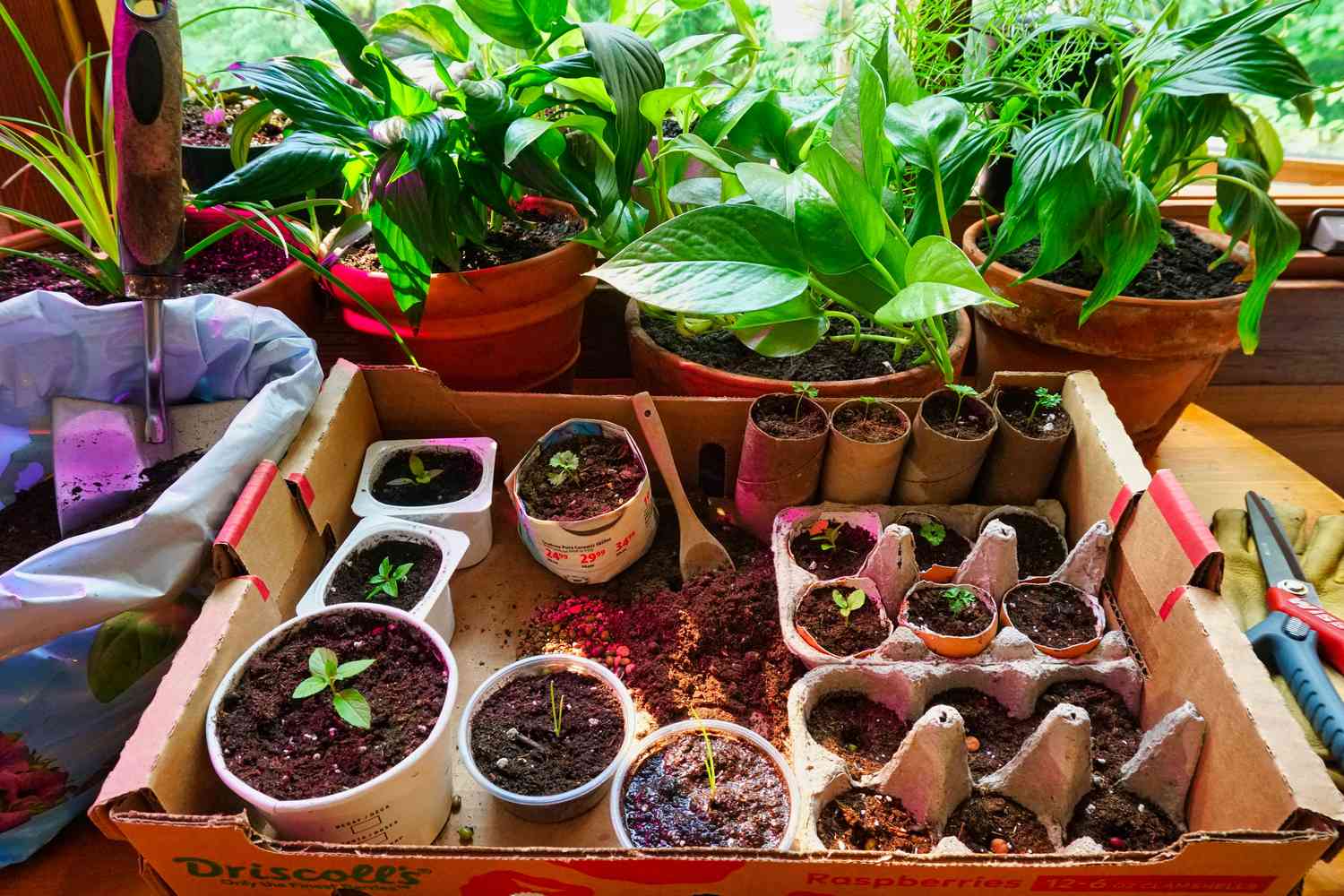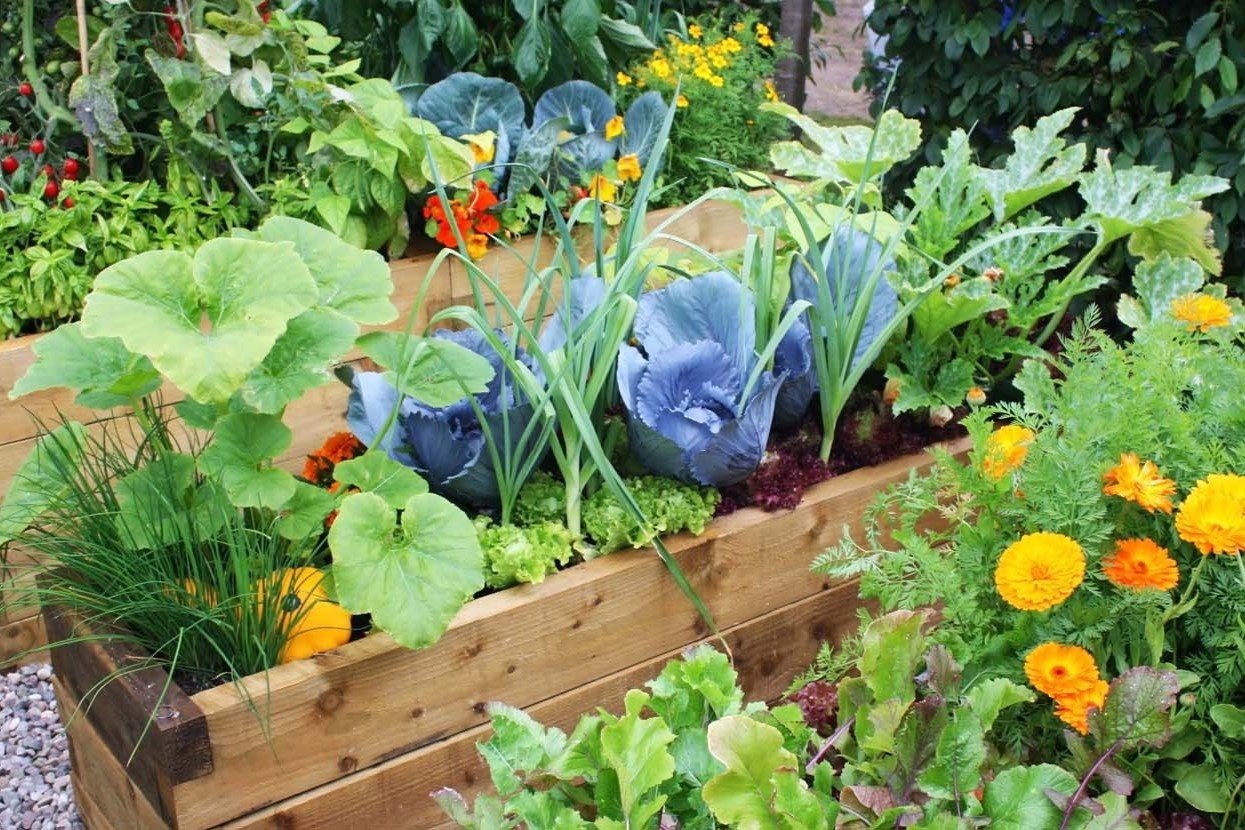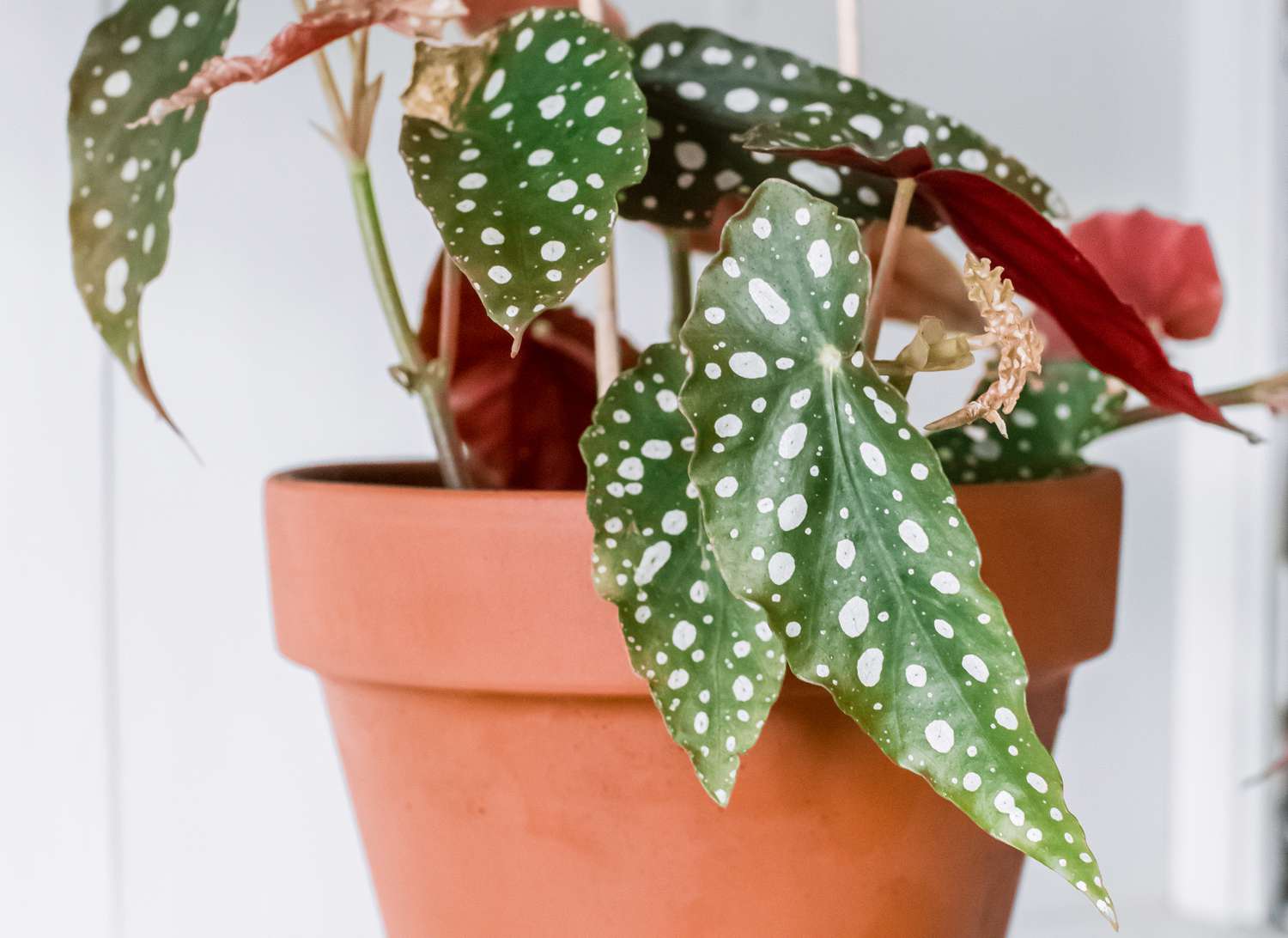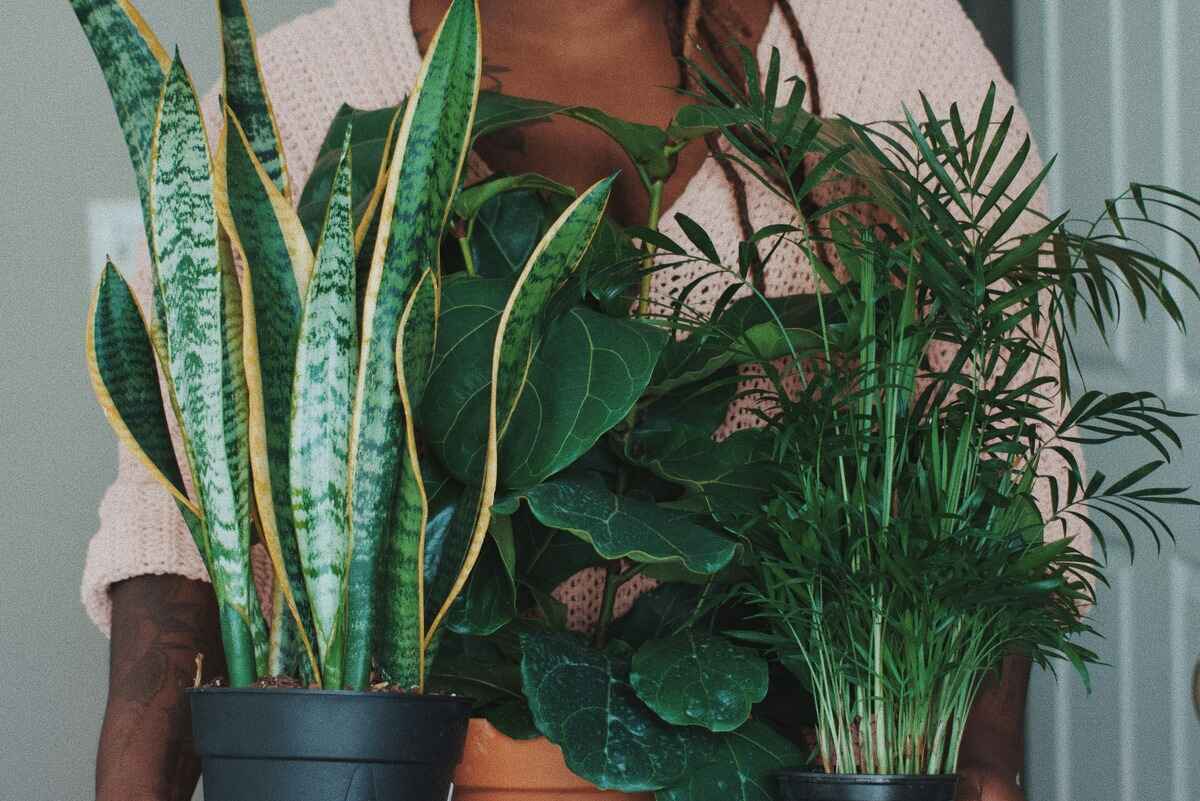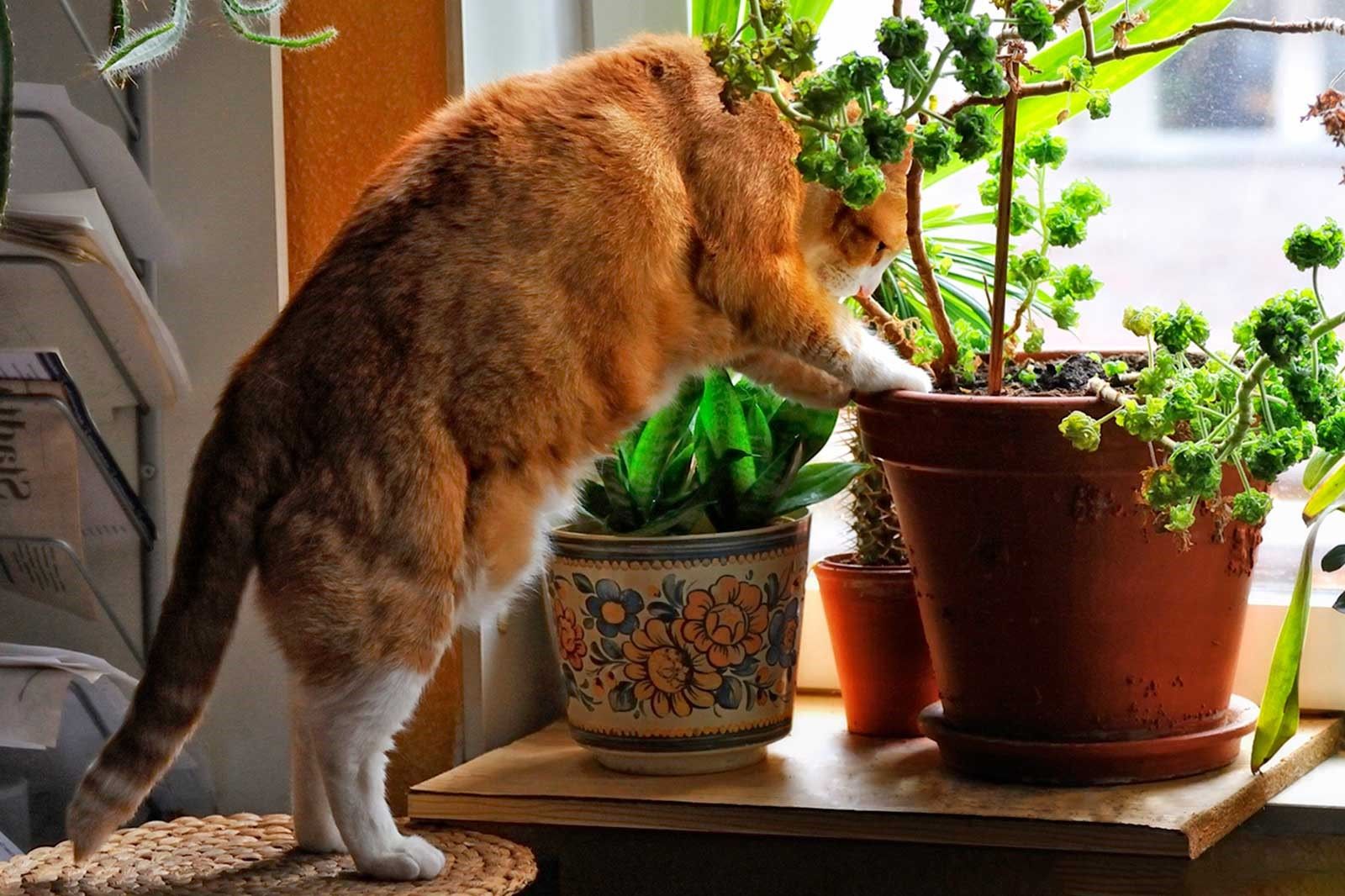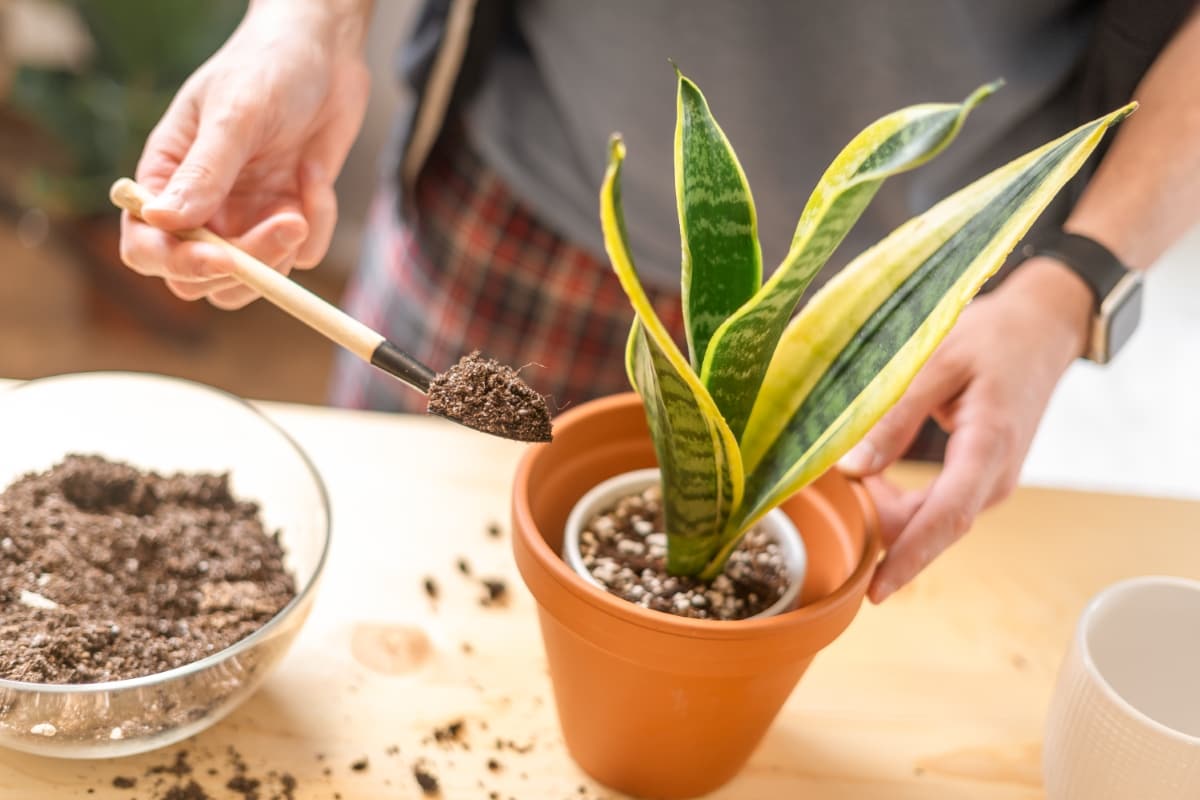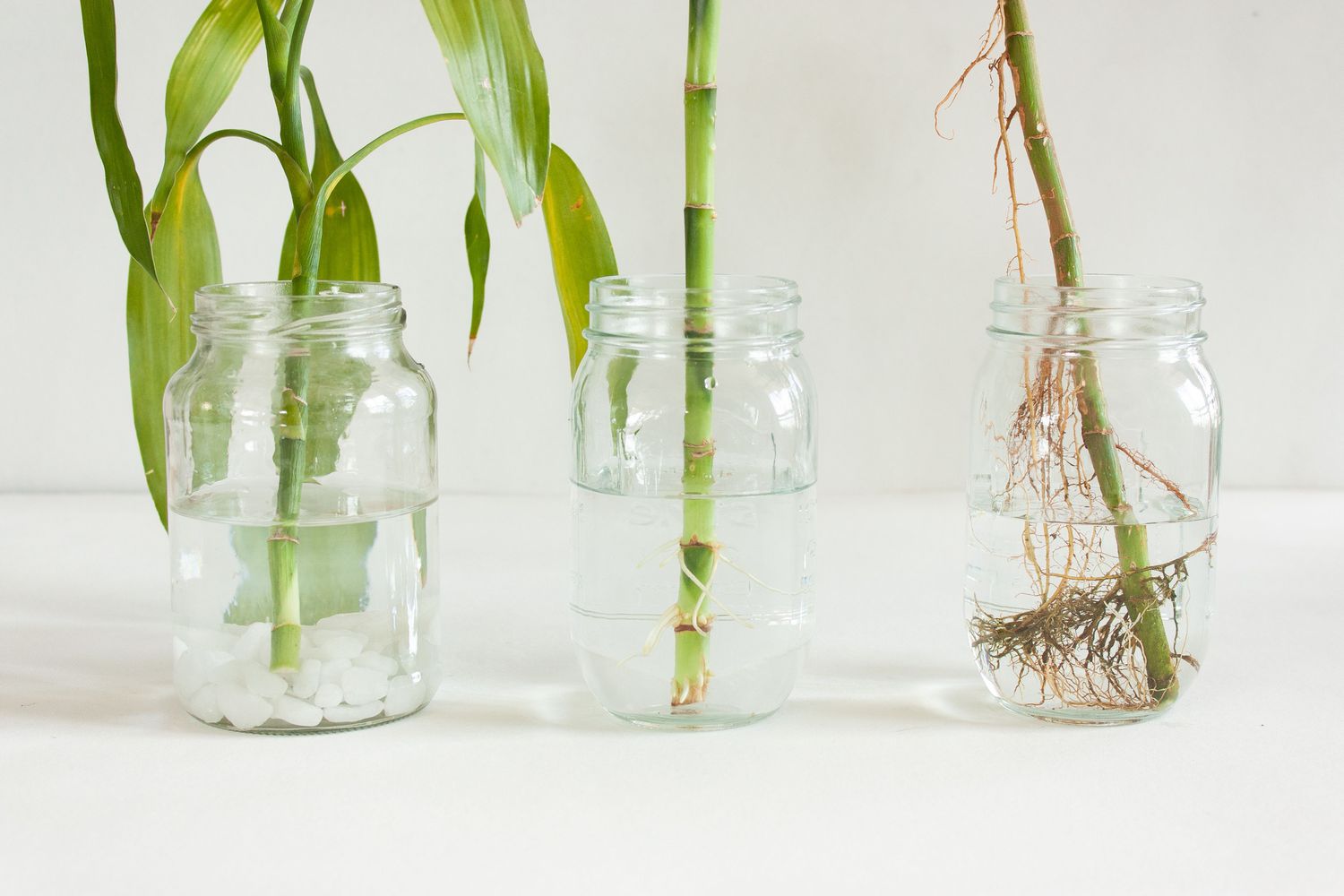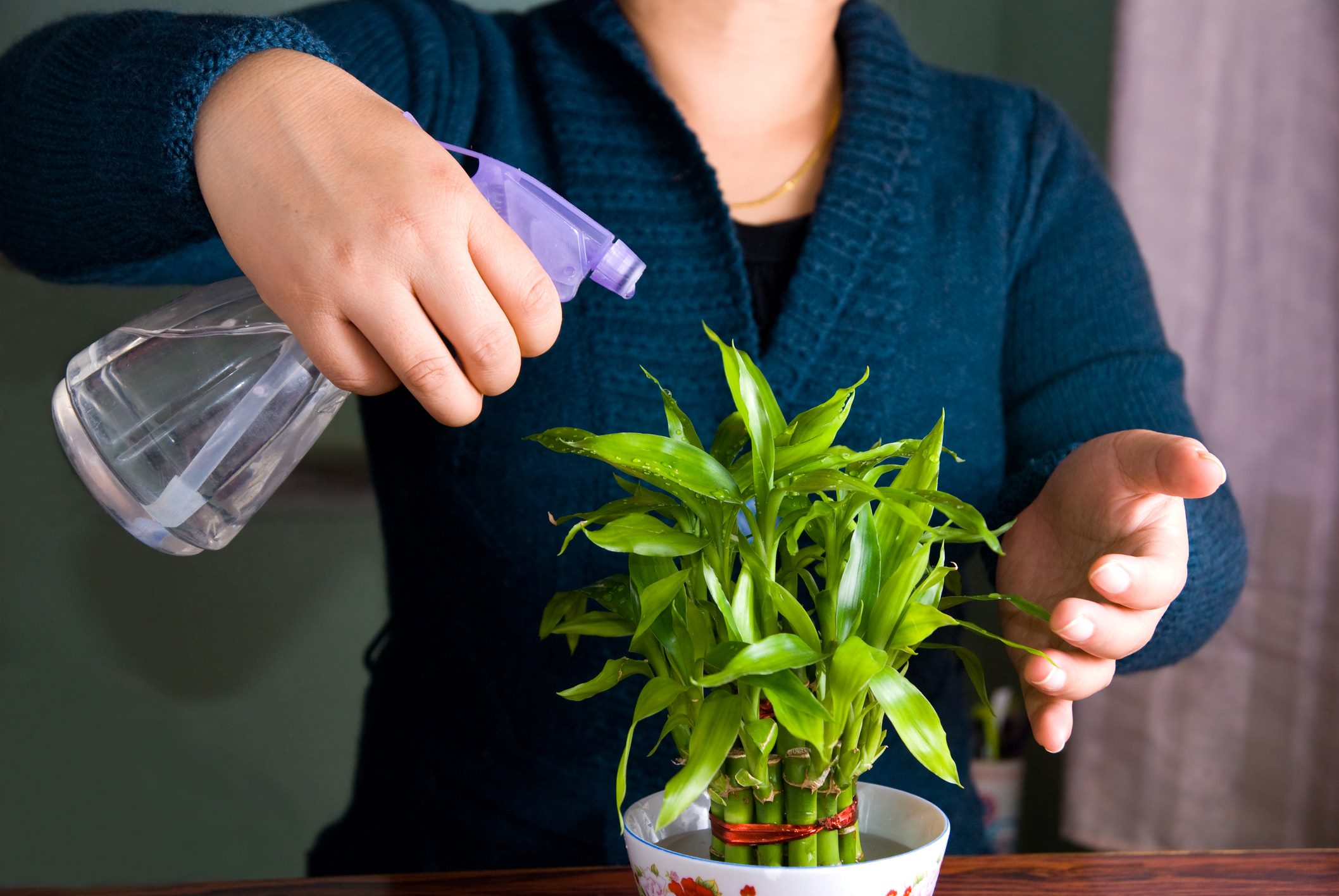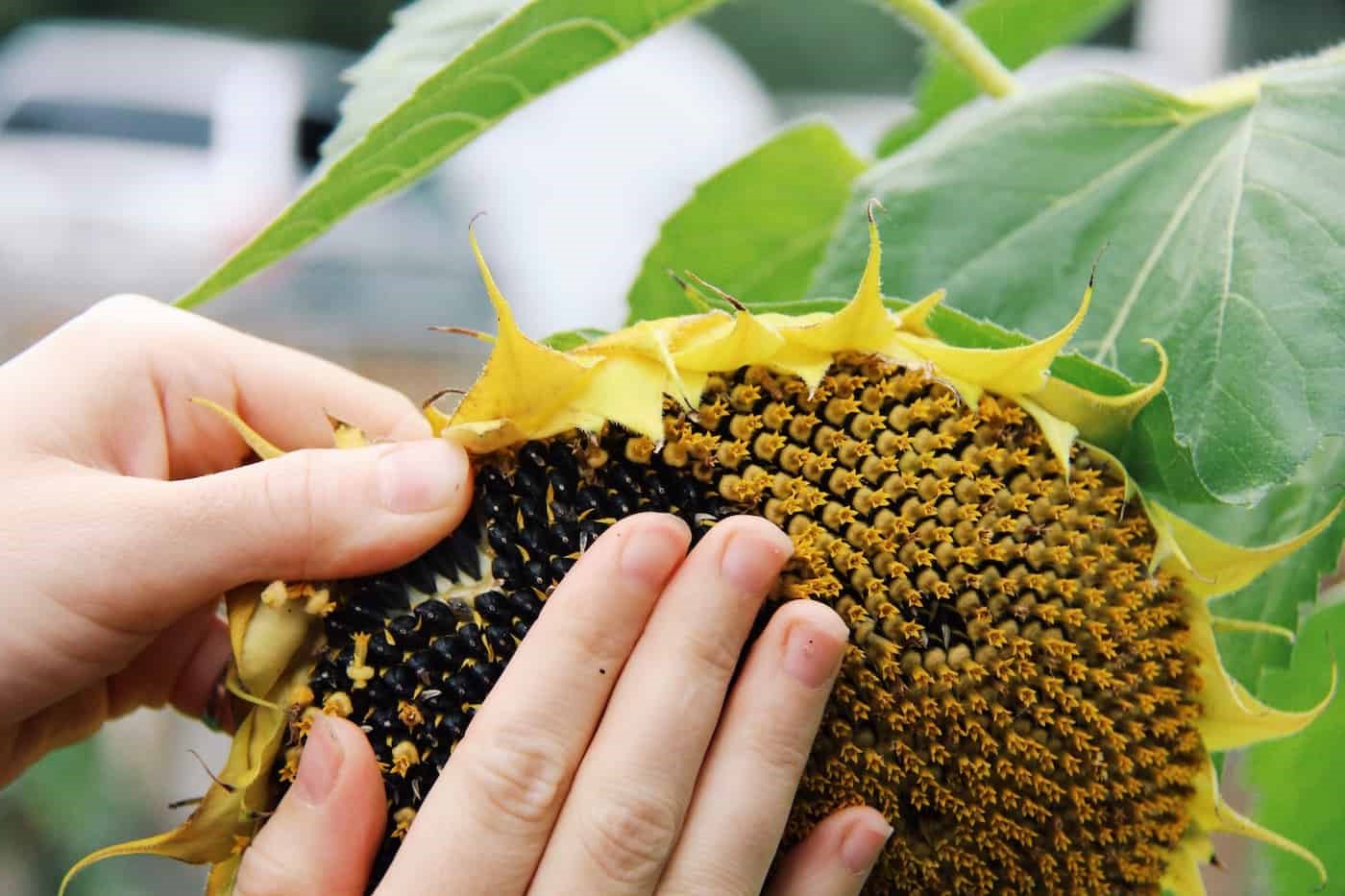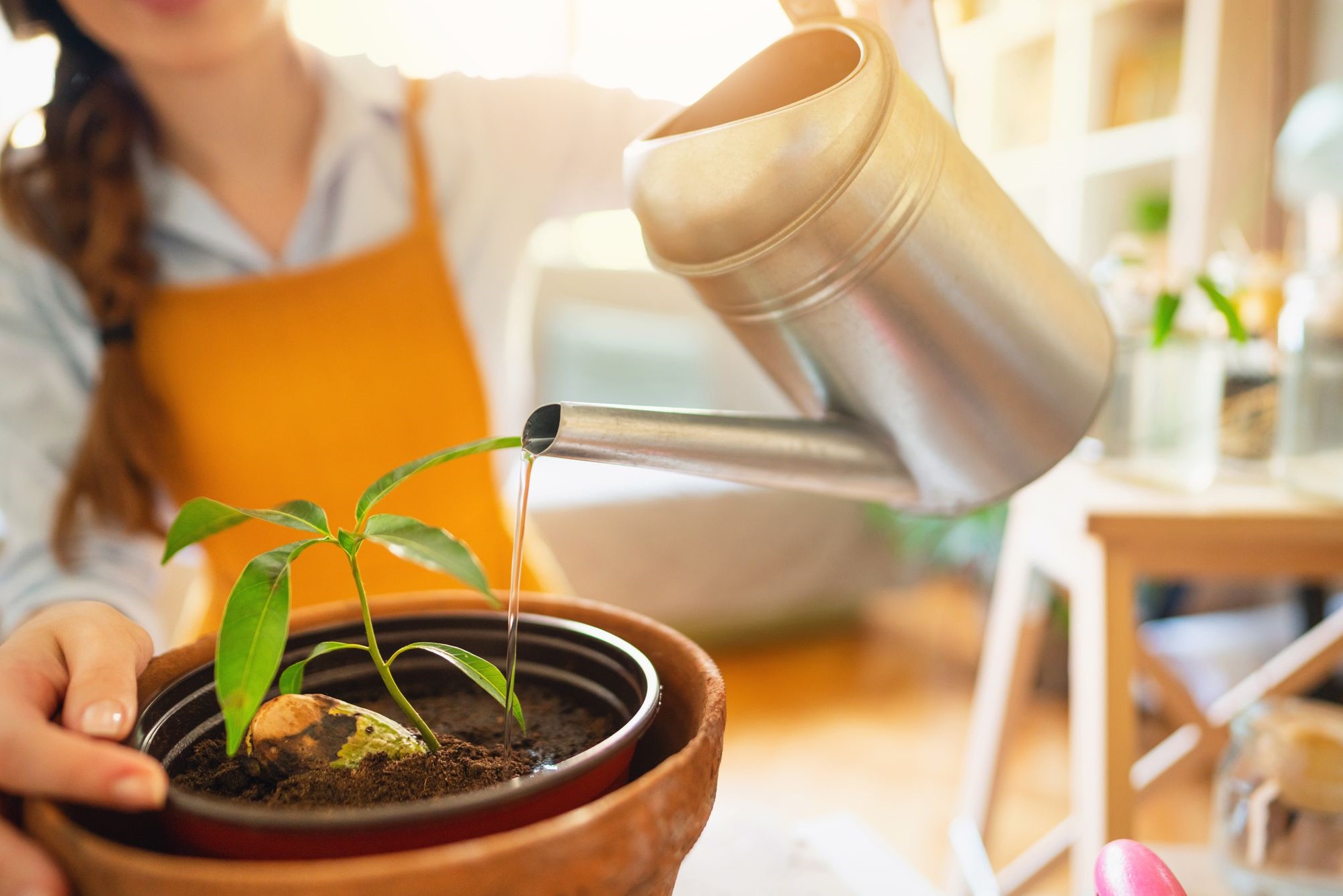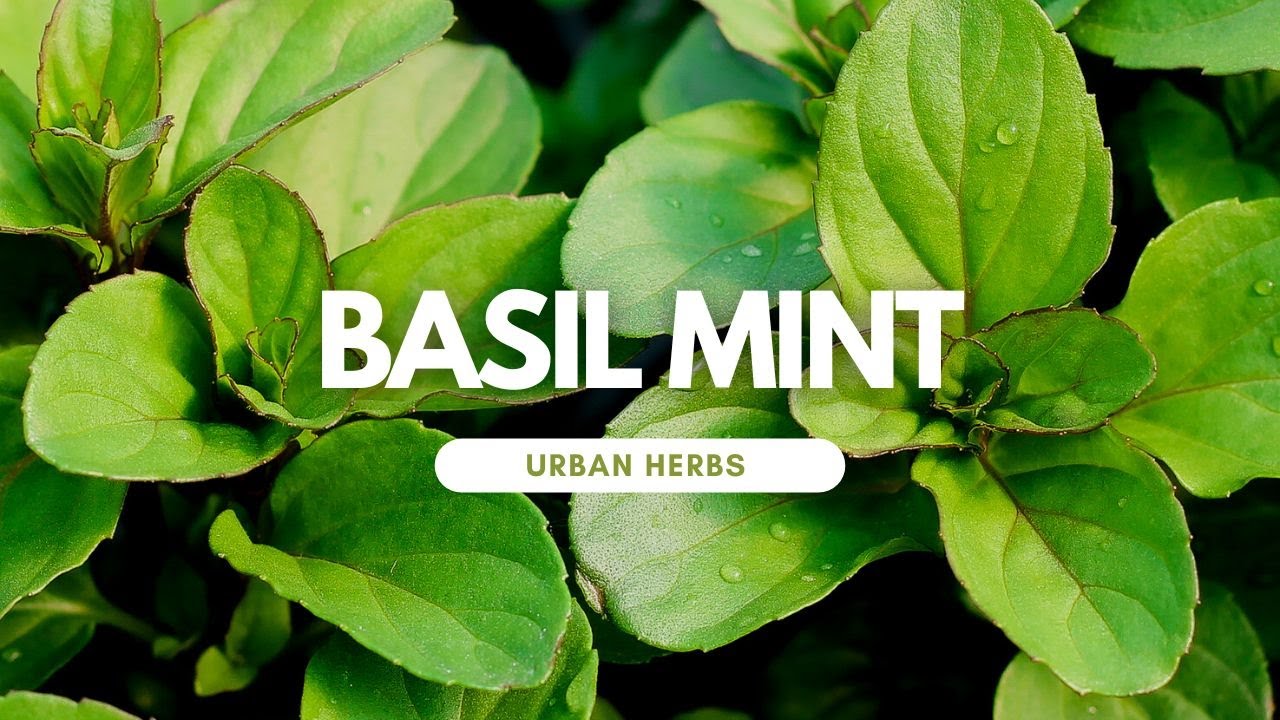Home>Home and Garden>The Ultimate Guide To Successfully Planting A Wildflower Garden From Seed
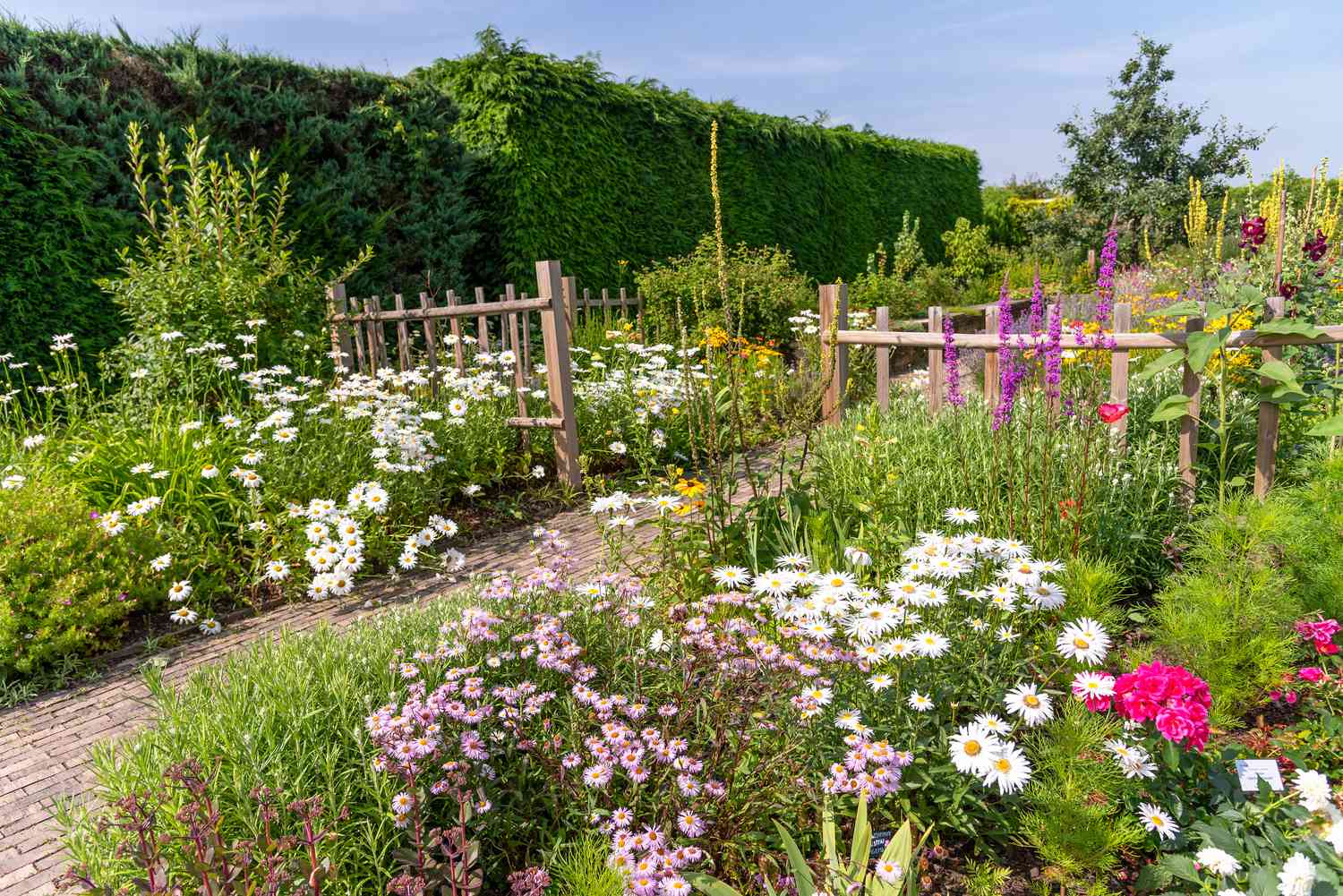

Home and Garden
The Ultimate Guide To Successfully Planting A Wildflower Garden From Seed
Published: January 17, 2024
Learn how to create a beautiful wildflower garden from seed with our comprehensive guide. Transform your home and garden with these expert tips and advice.
(Many of the links in this article redirect to a specific reviewed product. Your purchase of these products through affiliate links helps to generate commission for Noodls.com, at no extra cost. Learn more)
Table of Contents
Introduction
Creating a wildflower garden from seed is an exhilarating and rewarding endeavor that allows you to bring the untamed beauty of nature right into your own backyard. It's a chance to cultivate a vibrant, biodiverse ecosystem while adding a touch of natural charm to your outdoor space. Whether you're a seasoned gardener or a novice enthusiast, embarking on this journey promises a delightful experience filled with discovery and wonder.
In this comprehensive guide, we will explore the art of successfully planting a wildflower garden from seed, providing you with the knowledge and insights needed to nurture a thriving and colorful floral haven. From understanding the unique characteristics of wildflowers to selecting the perfect location, preparing the soil, choosing the right seeds, and tending to your garden's needs, we will cover every step of the process. Additionally, we'll delve into the essential practices of watering, maintenance, pest management, and weed control, ensuring that your wildflower garden flourishes with vitality.
As we journey through the intricacies of wildflower gardening, you'll gain a deeper appreciation for the resilience and elegance of these native blooms. Each wildflower species has its own story to tell, from the delicate petals of the Black-Eyed Susan to the vibrant allure of the California Poppy. By cultivating these natural wonders, you'll witness the mesmerizing cycle of growth and bloom, attracting an array of pollinators and wildlife to your garden.
So, prepare to immerse yourself in the enchanting world of wildflowers, where every seed sown is a promise of beauty and biodiversity. With the guidance offered in this guide, you'll soon find yourself captivated by the kaleidoscope of colors and the symphony of life that unfolds within your very own wildflower garden. Let's embark on this journey together and unlock the secrets to creating a flourishing haven of untamed splendor right in your backyard.
Read more: How To Plant Wildflower Seeds
Understanding Wildflowers
Wildflowers are a diverse and captivating array of flowering plants that grow in the wild, often thriving in natural habitats without human intervention. These enchanting blooms come in a wide spectrum of colors, shapes, and sizes, each with its own unique characteristics and adaptations. Unlike cultivated garden flowers, wildflowers have evolved to withstand the challenges of their native environments, making them resilient and well-suited for various growing conditions.
One of the most fascinating aspects of wildflowers is their ability to thrive in diverse ecosystems, ranging from open meadows and woodlands to mountain slopes and coastal plains. Their adaptability allows them to play essential roles in supporting local ecosystems, providing food and shelter for a multitude of insects, birds, and other wildlife. Additionally, many wildflowers have developed intricate relationships with pollinators, ensuring the continuation of their species through the transfer of pollen.
When it comes to selecting wildflowers for your garden, it's important to consider the native species that are indigenous to your region. Native wildflowers have evolved alongside local wildlife and are well-suited for the climate, soil, and environmental conditions specific to your area. By incorporating native wildflowers into your garden, you can contribute to the preservation of local biodiversity while creating a sustainable and low-maintenance landscape.
Furthermore, wildflowers can be categorized into annuals, biennials, and perennials, each with its own distinct life cycle. Annual wildflowers complete their life cycle within a single growing season, germinating, flowering, setting seed, and then dying. Biennial wildflowers have a two-year life cycle, typically producing foliage in the first year and blooming in the second. Perennial wildflowers, on the other hand, return year after year, often becoming more robust and prolific with each growing season.
As you delve into the world of wildflowers, you'll discover the remarkable diversity of species, from the iconic Bluebonnets of Texas to the vibrant Lupines of the Pacific Northwest. Each wildflower has a story to tell, reflecting the natural heritage and ecological tapestry of its native surroundings. By understanding the unique attributes and ecological significance of wildflowers, you can embark on a journey that celebrates the beauty of nature and the intricate interconnectedness of the wild.
Incorporating wildflowers into your garden not only adds a touch of natural elegance but also contributes to the conservation of native flora and the promotion of sustainable ecosystems. With a deeper understanding of wildflowers, you'll gain a newfound appreciation for their resilience, diversity, and ecological importance, paving the way for a flourishing and vibrant wildflower garden that harmonizes with the natural world.
Choosing the Right Location
Selecting the optimal location for your wildflower garden is a crucial step that sets the stage for a thriving and vibrant floral display. The right location can significantly impact the growth, health, and overall success of your wildflowers. When scouting for the perfect spot, consider the following factors to ensure that your garden flourishes with natural splendor.
Sunlight Exposure
Wildflowers, like most plants, require an adequate amount of sunlight to thrive. When choosing a location for your garden, assess the sunlight exposure throughout the day. Most wildflowers thrive in full sun, which typically means a minimum of six hours of direct sunlight. However, if you're planning to incorporate wildflowers that are adapted to partial shade, such as woodland species, consider a location with dappled sunlight or morning sun with afternoon shade.
Soil Quality and Drainage
The soil composition and drainage characteristics of the chosen location are paramount to the success of your wildflower garden. Wildflowers generally prefer well-draining soil that is rich in organic matter. Conduct a soil test to evaluate the pH level and nutrient content, ensuring that it aligns with the specific requirements of the wildflower species you intend to plant. Additionally, assess the drainage patterns of the area to prevent waterlogging, as excessive moisture can hinder the growth of many wildflower species.
Read more: How To Plant Lemon Seeds
Native Habitat and Ecosystem
When establishing a wildflower garden, it's beneficial to consider the native habitat and ecosystem of the wildflowers you plan to cultivate. If possible, mimic the natural growing conditions of the selected wildflower species. For instance, if you're incorporating prairie wildflowers, locate your garden in an open, sunny area reminiscent of their native grassland habitat. By aligning your garden with the natural environment of the wildflowers, you can create an ideal setting for their growth and development.
Wildlife Attraction and Pollinator Support
Wildflowers are renowned for their ability to attract a diverse array of pollinators, including bees, butterflies, and hummingbirds. When choosing the location for your wildflower garden, consider its potential to support local wildlife. Selecting a site that is visible and accessible to pollinators can enhance the ecological impact of your garden, contributing to the conservation of essential pollinator species and fostering a thriving ecosystem.
Aesthetic Considerations
In addition to the practical aspects of location selection, consider the aesthetic appeal of the chosen site. Visualize how the wildflower garden will complement the existing landscape and add natural beauty to your outdoor space. Whether it's a focal point in your yard or an enchanting border along a walkway, the location should offer visual harmony and a sense of natural tranquility.
By carefully evaluating these factors and selecting a location that aligns with the specific needs of your chosen wildflowers, you can set the stage for a flourishing and enchanting garden that celebrates the beauty and resilience of native flora. The right location serves as the foundation for a wildflower haven that harmonizes with the surrounding environment, inviting you to witness the captivating spectacle of nature's untamed elegance.
Preparing the Soil
Preparing the soil is a fundamental step in establishing a thriving wildflower garden from seed. The quality of the soil directly impacts the growth, health, and overall success of the wildflowers, making it essential to create an optimal environment for their development.
Read more: How To Grow Watermelon From Seed
Soil Testing and Amendment
Before sowing the wildflower seeds, it's advisable to conduct a soil test to assess the pH level and nutrient content of the soil. This analysis provides valuable insights into the soil's composition, allowing you to make informed decisions regarding soil amendment. Most wildflowers prefer a slightly acidic to neutral pH range, typically between 6.0 and 7.0. If the soil test reveals an imbalance in pH, you can adjust it by incorporating organic amendments such as compost, peat moss, or elemental sulfur to lower the pH, or lime to raise it. Additionally, enrich the soil with organic matter to improve its texture, fertility, and moisture retention capacity.
Soil Preparation Techniques
To create an ideal seedbed for wildflowers, prepare the soil by clearing the area of any debris, weeds, or existing vegetation. Use a garden fork or tiller to loosen the soil to a depth of 6 to 8 inches, breaking up compacted areas and promoting better root penetration. Remove any rocks, roots, or large clumps to ensure a smooth and uniform surface for sowing the seeds. Raking the soil gently afterward helps to level the surface and create a fine tilth, providing an optimal seedbed for germination and establishment.
Mulching and Watering
After preparing the soil, consider applying a thin layer of organic mulch, such as straw or shredded leaves, to help conserve moisture, suppress weed growth, and protect the soil from erosion. This mulch layer also aids in maintaining a stable soil temperature, which is beneficial for the germination and early growth of wildflower seeds. Once the mulch is in place, thoroughly water the prepared soil to ensure adequate moisture penetration. The goal is to create a moist but not waterlogged environment, providing an optimal setting for the germination and initial growth of the wildflower seeds.
By meticulously preparing the soil and creating an environment conducive to wildflower growth, you set the stage for a flourishing and resilient garden that celebrates the natural beauty and diversity of native flora. The soil preparation process lays the groundwork for the remarkable transformation that unfolds as the wildflower seeds take root and embark on their journey of growth and bloom, enriching your outdoor space with a tapestry of vibrant colors and natural allure.
Selecting the Right Seeds
When it comes to creating a captivating wildflower garden from seed, the process begins with selecting the right seeds to bring your vision to life. The diverse array of wildflower species offers a kaleidoscope of colors, shapes, and blooming periods, allowing you to curate a garden that reflects your unique preferences and the natural beauty of the surrounding environment.
Before embarking on the seed selection process, consider the specific characteristics and requirements of the wildflowers you intend to cultivate. Native wildflowers are well-suited for the local climate, soil conditions, and ecosystem, making them a sustainable and ecologically conscious choice for your garden. Research the native wildflower species indigenous to your region, taking into account their blooming season, height, color palette, and preferred growing conditions.
When sourcing wildflower seeds, opt for reputable suppliers or nurseries that specialize in native and regionally adapted wildflower species. These providers often offer a diverse selection of seeds, including individual species as well as pre-mixed seed blends tailored to specific habitats, such as meadows, woodlands, or prairies. Selecting a blend of compatible wildflower species can create a harmonious and biodiverse garden, attracting a myriad of pollinators and wildlife.
Consider the growth habits and ecological roles of the wildflowers when choosing the seeds. Some species, such as coreopsis and black-eyed susans, are known for their long blooming periods and robust growth, adding enduring color and vitality to the garden. Others, like milkweeds and coneflowers, are essential for supporting pollinators and beneficial insects, contributing to the overall health of the ecosystem.
Furthermore, pay attention to the seed purity, germination rate, and any specific sowing instructions provided by the seed supplier. High-quality wildflower seeds with a high germination rate increase the likelihood of successful establishment and robust growth. Additionally, some wildflower species may benefit from stratification, a cold-moist treatment that mimics natural winter conditions, enhancing their germination potential.
By thoughtfully selecting the right seeds and embracing the diversity of native wildflowers, you can embark on a journey that celebrates the resilience, beauty, and ecological significance of these captivating blooms. Each seed holds the promise of a vibrant and biodiverse garden that harmonizes with the natural landscape, inviting you to witness the enchanting transformation as the wildflowers take root and flourish in their untamed splendor.
Planting the Seeds
Planting the seeds marks a pivotal moment in the journey of establishing a wildflower garden, as it sets the stage for the emergence of vibrant blooms and the flourishing of native flora. This transformative process requires careful consideration of timing, seed depth, and sowing techniques to ensure optimal germination and the successful establishment of the wildflowers.
Before sowing the seeds, it's essential to align the planting schedule with the natural rhythms of the local climate. In temperate regions, early spring or late fall are often ideal times for sowing wildflower seeds, as the cooler temperatures and ample moisture create favorable conditions for germination. Consulting a local gardening calendar or cooperative extension service can provide valuable insights into the recommended planting times for specific wildflower species in your area.
When it comes to sowing the seeds, the depth of planting plays a crucial role in the germination process. As a general guideline, small-seeded wildflowers are typically sown at a shallow depth, approximately 1/8 to 1/4 inch, while larger seeds may be sown at a depth of 1/4 to 1/2 inch. It's important to ensure good seed-to-soil contact, as this facilitates the uptake of moisture and promotes the initiation of germination. Lightly pressing or rolling the soil surface after sowing can help achieve this crucial contact, enhancing the seed's ability to absorb moisture and begin the germination process.
In terms of sowing techniques, there are several methods to consider, each suited to different garden styles and wildflower species. Broadcasting, or scattering the seeds by hand, is a popular approach for creating a naturalistic and informal wildflower display. This method mimics the dispersal of seeds in the wild, resulting in a diverse and visually captivating distribution of blooms. Alternatively, targeted sowing in designated areas or rows can be employed for a more structured and intentional arrangement of wildflowers, allowing for greater control over the garden's design and composition.
Once the seeds are sown, gently water the area using a fine mist or a gentle spray to avoid dislodging the seeds. Maintaining consistent moisture is crucial during the germination phase, as it supports the emergence of seedlings and encourages their early growth. Monitor the soil moisture levels regularly, ensuring that the seeded area remains adequately moist but not waterlogged.
As the wildflower seeds begin to germinate and the delicate seedlings emerge, a sense of anticipation and wonder unfolds, heralding the promise of a vibrant and biodiverse garden teeming with natural splendor. The act of planting the seeds symbolizes the beginning of a captivating transformation, where each seed holds the potential to blossom into a living tapestry of colors, textures, and fragrances, enriching the landscape with the untamed beauty of native wildflowers.
Watering and Maintenance
Ensuring proper watering and maintenance practices are essential for nurturing a flourishing wildflower garden that thrives with vitality and natural beauty. These ongoing efforts play a crucial role in supporting the growth, health, and resilience of the wildflowers, contributing to the long-term success of your garden.
Watering Practices
Wildflowers, particularly during their initial stages of growth, rely on consistent moisture to establish strong root systems and promote healthy development. When it comes to watering your wildflower garden, it's important to strike a balance, providing adequate moisture without overwatering. In general, a deep, infrequent watering approach is beneficial, as it encourages the roots to grow deeper into the soil in search of moisture, promoting overall plant resilience. During periods of limited rainfall, supplement the natural water supply by providing approximately 1 inch of water per week, either through rainfall or irrigation. Be mindful of the soil moisture levels, adjusting the watering frequency based on the specific needs of the wildflower species and the prevailing weather conditions.
Maintenance Practices
Regular maintenance activities are integral to the care and upkeep of a wildflower garden, ensuring that the natural splendor of the blooms is preserved and enhanced. Here are several key maintenance practices to consider:
Weed Control: Monitor the garden regularly for the presence of weeds, which can compete with wildflowers for resources and space. Hand-pull weeds carefully to prevent disturbing the wildflower seedlings, or use mulch to suppress weed growth while allowing the wildflowers to thrive.
Deadheading: Removing spent blooms, a practice known as deadheading, encourages continuous blooming and prevents the wildflowers from expending energy on seed production. This can prolong the flowering period and promote the overall vigor and attractiveness of the garden.
Soil Amendment: Periodically assess the soil fertility and pH levels, amending the soil as needed to maintain optimal growing conditions for the wildflowers. Incorporating organic matter, such as compost or well-aged manure, can replenish nutrients and enhance the soil structure, supporting the long-term health of the garden.
Pest Management: Keep an eye out for common garden pests and take appropriate measures to manage their impact on the wildflowers. Employing natural pest control methods and promoting a balanced ecosystem can help minimize pest damage while safeguarding the overall ecological integrity of the garden.
By embracing conscientious watering and maintenance practices, you can foster a wildflower garden that flourishes with natural splendor, providing a haven for pollinators, wildlife, and the captivating beauty of native flora. These ongoing efforts not only sustain the vibrancy of the garden but also offer a rewarding opportunity to engage with the rhythms of nature and witness the enchanting evolution of your wildflower haven.
Dealing with Pests and Weeds
Maintaining a thriving wildflower garden involves proactive measures to address the challenges posed by pests and weeds, safeguarding the health and vitality of the native blooms. By implementing effective pest management and weed control strategies, you can create an environment where wildflowers can flourish without the detrimental impact of invasive plants and damaging pests.
Pest Management
When it comes to pest management in a wildflower garden, adopting a holistic and environmentally conscious approach is paramount. Encouraging a balanced ecosystem that supports beneficial insects, such as ladybugs and lacewings, can naturally regulate pest populations, minimizing the need for chemical interventions. Additionally, incorporating native plants that attract beneficial insects can enhance the garden's resilience against pest infestations.
For specific pest challenges, consider targeted interventions such as handpicking pests, using insecticidal soaps or horticultural oils, and deploying physical barriers like row covers to protect vulnerable wildflowers. These methods offer precise control while minimizing the impact on non-target organisms and the overall ecosystem.
Weed Control
Weed management is essential for preserving the integrity of a wildflower garden, as invasive plants can outcompete native wildflowers for resources and space. Employing mulching techniques with organic materials, such as straw or wood chips, can effectively suppress weed growth while providing a favorable environment for the wildflowers to thrive. Hand weeding is another valuable practice, allowing for the targeted removal of weeds without disturbing the delicate root systems of the native blooms.
Furthermore, embracing the concept of "right plant, right place" by selecting native wildflowers adapted to the local growing conditions can reduce the susceptibility of the garden to weed encroachment. Native plants are often well-suited to the natural ecosystem, requiring minimal intervention and outcompeting invasive species through their inherent resilience and adaptability.
By integrating these pest management and weed control practices into your wildflower gardening routine, you can create a resilient and biodiverse landscape where native flora can flourish without the disruptive influence of pests and invasive plants. These mindful approaches not only protect the natural beauty of the garden but also contribute to the conservation of native plant species and the promotion of a sustainable and harmonious ecosystem.
Enjoying Your Wildflower Garden
As the wildflower garden matures and reaches its full splendor, the joy of experiencing its natural beauty becomes an integral part of the gardening journey. The enchanting allure of the wildflowers, with their vibrant hues and delicate blooms, creates a captivating tapestry that invites you to immerse yourself in the wonders of nature.
One of the most gratifying aspects of a wildflower garden is the ever-changing display of colors and textures as different species bloom throughout the seasons. From the early spring emergence of cheerful daisies to the summer symphony of coneflowers and black-eyed susans, each transition brings a renewed sense of wonder and appreciation for the intricate cycles of growth and renewal.
The wildflower garden becomes a sanctuary for observing the dance of pollinators, as butterflies flit from bloom to bloom and bees diligently collect nectar. The melodious hum of busy wings and the sight of these vital pollinators going about their essential work add a dynamic and lively dimension to the garden, fostering a sense of harmony with the natural world.
Beyond the visual and auditory delights, the wildflower garden offers an opportunity for quiet contemplation and reflection. Whether it's a tranquil morning stroll among the blooms or a peaceful moment spent observing the intricate details of a newly unfurled blossom, the garden becomes a place of solace and rejuvenation, providing a respite from the demands of daily life.
Moreover, the wildflower garden becomes a living canvas for creativity and inspiration. The diverse array of colors, shapes, and textures can spark artistic endeavors, from painting and photography to floral arrangements that bring the beauty of the garden indoors. It serves as a wellspring of creativity, offering endless possibilities for capturing and interpreting the natural elegance of the wildflowers.
In essence, enjoying your wildflower garden transcends mere observation; it becomes an immersive and transformative experience that fosters a deep connection with the rhythms of nature. It is a celebration of biodiversity, a testament to the resilience of native flora, and a source of endless fascination and delight. With each passing season, the wildflower garden continues to unfold its captivating narrative, inviting you to revel in the timeless charm and boundless wonder of the natural world.
